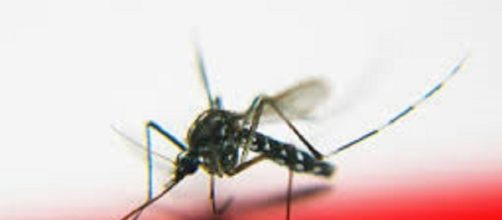As the United States deals with the aftermath of Hurricane Irma and Hurricane Harvey, it is now facing another threat; Mosquitoes. According to the US Centres for Disease Control, mosquitoes that spread serious and potentially fatal ailments such as dengue fever, yellow fever, and Zika could spread into a huge area of the American mainland.
Previously, the CDC had warned that climate change could affect human health in various ways, including causing an increase in disease-carrying ticks and mosquitoes. According to The Independent and IFLScience, the CDC published maps detailing areas in the US habitable for the Aedes aegypti and Aedes albopictus species.
According to the details, 71 percent of the counties in the 48 states conducive for the mosquitoes are suitable for the aegypti species, while the abopictus could survive in 75 percent of the states. In the paper published in the Journal of Medical Entomology, the US health agency warned that the Zika and Chikungunya viruses pose a growing threat to public health in parts of the United States.
Improved mosquito surveillance
The paper said that health authorities anticipate that the two mosquito species could be encountered more in the US counties classified as "suitable." It added that counties seen as suitable with 90 percent sensitivity should be given more emphasis for improved mosquito surveillance.
The CDC went on to says that Aedes aegypti and albopictus could be introduced into the environment through accidental transport of eggs, leading to their spread during the warm periods of the year. A scientist at the agency, Dr. Rebeca Eisen said that the CDC's map provided the best estimate for the disease-carrying insects' potential spread. She added that the map shows where the mosquitoes could potentially survive and multiply if they get introduced during the months when they are locally active.
Weather affects breeding
However, the CDC projections do not show the current location of the insects or the regions that are currently facing the risk of disease transmission. Temperature plays a key role; If just one day during winter temperatures exceed 10 degrees Celcius, the chances of mosquito infestation increase.
Dr. Eisen said cold weather reduces the chances of the insects' eggs surviving winter. The albopictus relies on water reservoirs created by rainwater to lay its eggs. The scientist said that the maps could be used by health officials to pinpoint where the mosquitoes could be found, so that that they can take steps to prevent possible viral infections.


